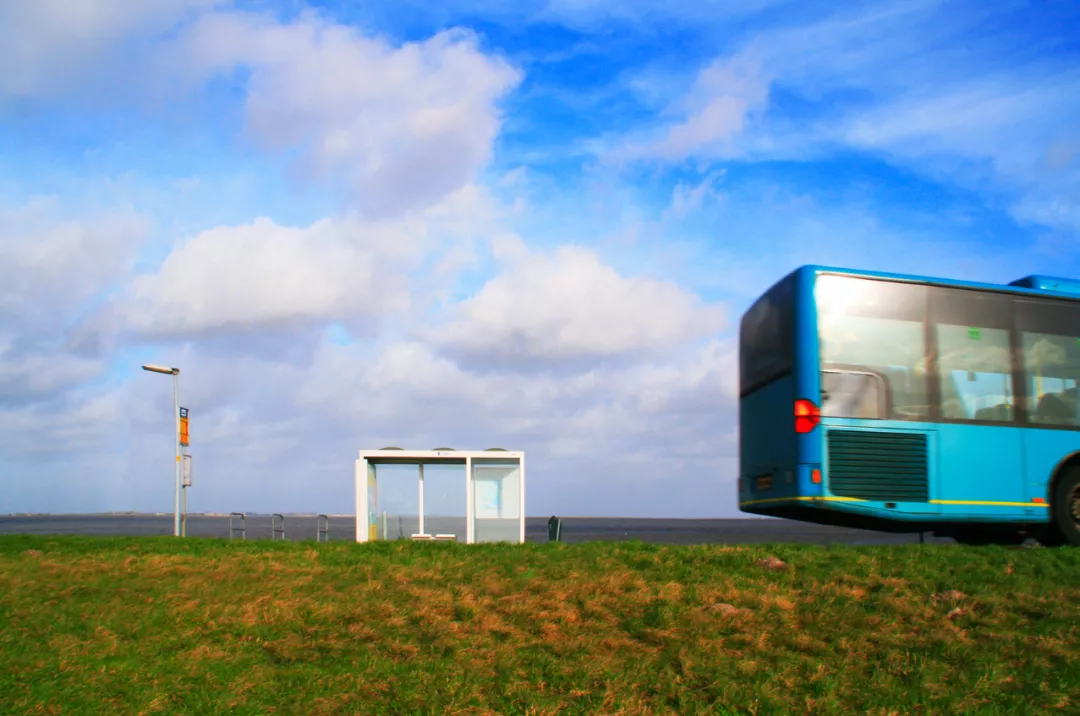News | 06 Mar 2024
Improving rural mobility and tourism planning
- Rural Pact
- Rural Revitalisation Platform
- Connected rural areas
- Infrastructure
- Transport and mobility
- Prosperous rural areas
- Tourism and heritage
A meeting of the European Rural Mobility Network in January 2024 set out recommendations for integrating the rural mobility dimension into existing planning frameworks and structures.

Image by digitalimagination on Canva
The event (31 January 2024) highlighted:
- Planning arrangements that respond to rural needs must consider the transport systems, land use, and digital connectivity dimensions.
- Creating synergies between the mobility and tourism sectors requires: a common vision and concrete targets; collecting and sharing transport and tourist data; considering the specific needs of tourists; and facilitating a combination of transport modes.
- Varying contexts and regulations across countries impede the replication of successful mobility solutions. EU projects have proven to be effective in challenging existing local constraints and advocating for regulatory changes that enable social innovation.
An example of a successful solution is the Slovenian ‘Sopotniki’, a rural mobility initiative that activates volunteers to drive elderly individuals without other transport options to nearby villages. Even though such solutions can successfully address unmet mobility needs, legal constraints or lack of regulation would make them difficult to implement across EU countries. - Influencing policies at regional, national, and European levels, which have an impact on rural areas starts with acknowledging the problem, raising awareness of possible solutions, and setting an agenda to trigger political discussions.
The European Rural Mobility Network is an initiative of the SMARTA-NET project. It enables the sharing of knowledge and experience among local authorities, practitioners and experts on rural mobility. The network brings together rural municipalities, local communities and regions to share best practices.
Look out for upcoming networking events of the European Rural Mobility Network.